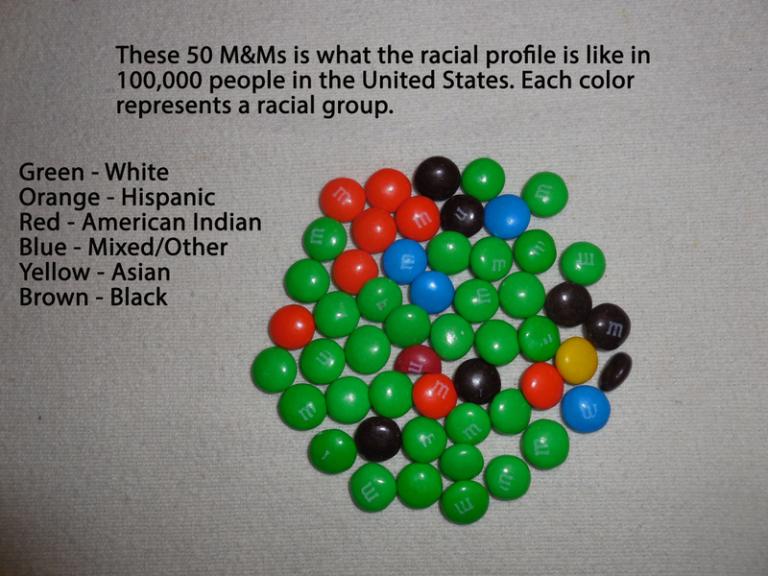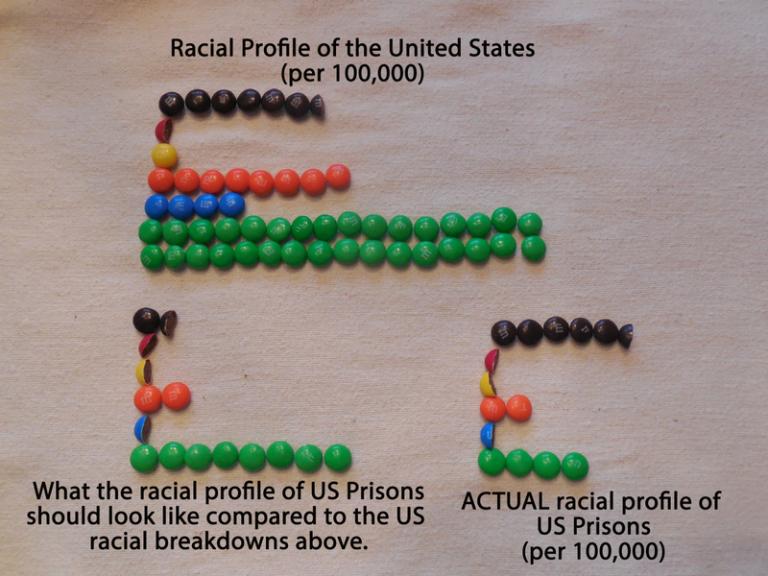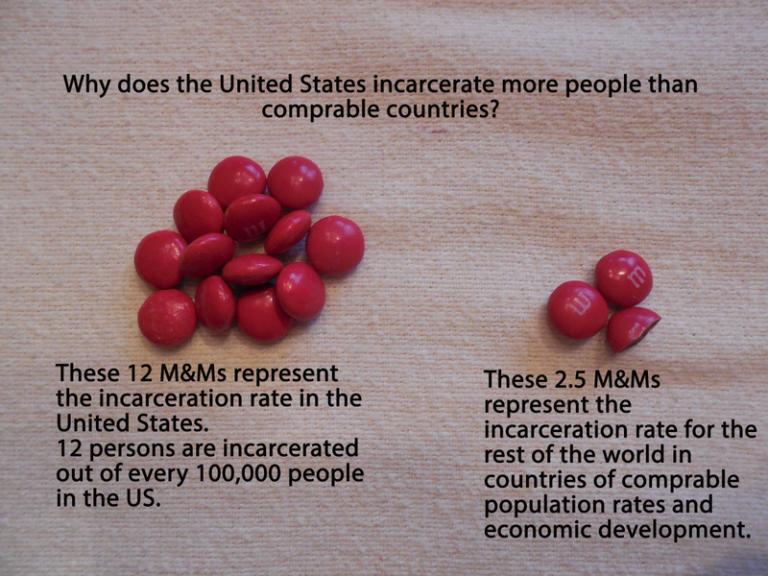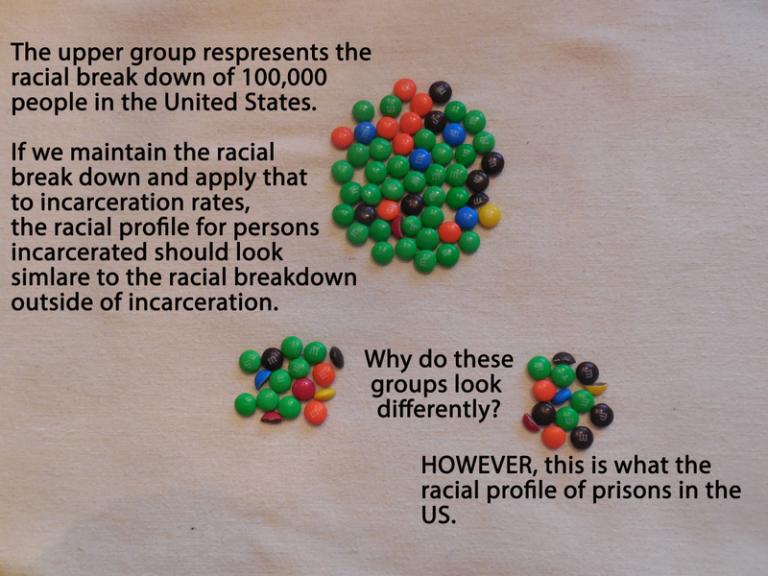In my last installment, I gave a short educational look at techniques pagan parents can utilize to bring awareness of racism, homophobia, gender bias, and religious intolerance. In this second installment, I will continue to look at the key points that help parents better guide their children toward an attitude of empathy toward minority populations.
I find it necessary that my readers understand my vocabulary. I use the term parent(s) in this blog and my forthcoming book Family Coven: Birthing Hereditary Witchcraft (Immanion Press). The choice of this word is my deliberate attempt to be inclusive of non-traditional family units, especially within paganism. The term parent(s) includes family units that are polyamorous.[i] In this blog and other works, I use the term co-parent with a dual meaning. It acknowledges the fact that same-sex couples are often referred to as co-parents in greater society. Additionally, I utilize co-parent as a term that infers we are all parents to all children. When my son is with my sister and he is disrespectful, I know she will co-parent my child, just as my husband-priest[ii] and I co-parent her children when they are in my care. Co-parenting can take some trust between adults and sometimes requires courageous adults who step in when they see inappropriate behavior.
A single mother came to my home with her young son for dinner at my home. During the course of the meal, we sat through the child being obnoxious, rude, and abusive to his mother. I watched my husband-priest’s tension slowly escalate throughout the meal. Finally, he addressed the child in a calm tone.
“Would you please come with me to the office?” The boy, who was stopped in the middle of calling his mother a bitch, looked stunned and then looked to his mother for guidance. His mother was in shock as well. The boy slowly rose from the table and went with my husband-priest into the other room.
“Don’t worry,” I addressed the mother. “Tony is just telling him that we do not speak to women–or men, for that matter–in the way your son was talking to you. He won’t lay a hand on the boy.”
The mother vaguely nodded, and shortly the man and child returned. The child went to his mother and apologized, and after a few minutes of silence, Tony drew the child into appropriate dinner conversation. This mother never returned to my home or spoke to my family coven again. I don’t regret what my husband did, though. I am sure that child will remember whatever was said in a controlled and calm conversation about his behavior, and hopefully both mother and child will be better for it.
In the last installment, I listed key points that co-parent(s) [iii] can utilize to help develop tolerant children. These points are:
→ Develop Child(ren) Who Interrogate Reality
→ Be Vocal
→ Words Have Power
→ Praise the Champion
→ Discuss Politics News and Current Events
→ Exploit the Media That Would Exploit Your Child(ren)
→ The Law and When to Break It
→ Empower Child(ren)’s Opinions
Interrogation of reality is a concept used to help children learn critical thinking skills, especially as they relate to the world they perceive and experience. It was fully explored in my last installment.
→ BE VOCAL: Racism, gender bias, religious intolerance, and homophobia continue to persist is silence. Good, loving, empathetic people say nothing when they hear, experience or deal with actions or talk tainted by hateful or ignorant views. Ignorance thrives in dark places where reason sheds no light.
My roommate Nate’s five-year-old baby brother had decided that bad men were always black. His decision was based on watching the nightly news with his mother. Despite the fact that his own half-brother Nate is bi-racial, exposure to media outlets and living in a county where only .003%[iv] of the population is black had given racism an easy foothold in this child’s mind.
I would point out that there was no maliciousness on the part of the child or his mother; however, the life he was leading, the life he was consistently being exposed to, was devoid of anything that could illuminate the unrealistic nature of the world he was perceiving.
This is how racism, homophobia, gender bias, and religious intolerance gain a foothold in children. Typically children are raised close to home, which can often provide a homogeneous view of society, gender, love, cultural customs, and expectations. Outside the bounds of the Family Coven, children often congregate with people who share a similarly homogeneous outlook. There is little to suggest that the wider world is any different than the one they live in. A child with plenty of food, clothing and shelter has a difficult time understanding that not everyone lives that way. A child raised by heterosexual parents may have problems coming to terms with the idea that some children have parents who are the same sex, or have more than two parents of any gender. For young children, simple exposure is often enough to broaden their hearts and minds.
The younger this expansion of a child’s horizon can begin, the better off they will be in the long run. Yet it is never too late to shed light on intolerance. It can happen one conversation at a time. Co-parent(s) must take any teaching moment encountered and wield tolerance and education with the same passion as those who wield narrow-mindedness and bigotry.
Utilizing Nate’s baby brother as an example, Nate could have introduced facts regarding the higher incarceration rates of minorities,[v] the social circumstances that contribute to those numbers,[vi] and the idea that southern white counties have a documented tendency to display more racism than other places within the United States.[vii] These factors contribute to black people being shown as “bad guys” on the news. Despite the brother’s young age, the conversation could still have been had. Imagine:
[Nate]“Bubba, do you think that black people break the law more than white people?”
“Yeah.”
[Nate] “Why do you think that?”
“’Cause when mama watches the news, you see bad people are always black people.”
[Nate] “So does that mean that white people don’t do bad things?”
“I don’t think so.”
[Nate] “Do you do bad things?”
“Sometimes.”
[Nate] “Are you black?”
“No.”
[Nate] “Okay, so you’re white and sometimes do bad things.”
“Yeah.”
[Nate] “So that probably means that white people do bad things sometimes too, right?”
“But I don’t go to jail.”
[Nate] “True enough. If we had two people who did the same bad thing and one was white and one was black, who would go to jail?”
“They both do.”
[Nate] “Well, actually the black person goes to jail more often than the white person. Let’s go buy some M&M’s and I’ll show you what I mean.
M&M Statistics
Tactile learning is a powerful tool. Utilizing statistics from the 2012 Census and the colors of M&Ms, a lesson around population norms and incarcerated populations can be made. For the purposes of this exercise, I have simplified the census data to whole numbers.[viii] You will need fifty M&M’s broken down as follows:
| M&M Color | Race Representation |
Number of M&Ms |
Census Correlation |
| Brown | Black[ix] |
6.5 |
13% |
| Red | American Indian |
.5 |
1% |
| Yellow | Asian |
1 |
2% |
| Orange | Hispanic |
8 |
16% |
| Blue | Mixed Race/Other |
4 |
4% |
| Green | White |
32 |
64% |
|
50 |
100% |
According to the Population Reference Bureau, the United States has 1.6 million person incarcerated. Per 100,000 persons, 500 people are incarcerated compared to 100 per 100,000 in comparable countries.[x] For our M&M exercise, I took 100,000 persons incarcerated in the US and converted it into a percentage (.5%), then multiplied this by the 50 M&Ms in our model. This gave us 25%, or 12.5 of our M&Ms, representing people who would be in prison. For the sake of not splitting M&Ms into .25 parts, I have rounded up the incarcerated rate to 13 M&Ms, which allows for a representation of all races. If the incarceration rate was reflective of the population, then our M&Ms would look like this:
| M&M Color | Race Representation |
Number of M&Ms Jailed |
Census Correlation |
| Brown | Black |
1.5 |
13% |
| Red | American Indian |
.5 |
1% |
| Yellow | Asian |
.5 |
2% |
| Orange | Hispanic |
2 |
16% |
| Blue | Mixed Race/Other |
.5 |
4% |
| Green | White |
8 |
64% |
|
13 |
100% |
(Just for fun, you could point out that the United States incarcerates more people than any other country. In this example, most other comparable countries on average incarcerate only 2.5 M&Ms to the United States’ 13.)
In reality, the incarceration rates actually look like this[xi]:
| M&M Color | Race Representation |
Number of M&Ms Jailed |
Census Correlation |
| Brown | Black |
5.5 |
44% |
| Red | American Indian |
.5 |
1% |
| Yellow | Asian |
.5 |
1% |
| Orange | Hispanic |
2 |
18% |
| Blue | Mixed Race/Other |
.5 |
1% |
| Green | White |
4 |
35% |
|
13 |
100% |
Discussion around why the population of prisoners looks so significantly different than the population of the United States will lead to talking about how 70% of all those incarcerated never graduated high school. The number of high school dropouts among black inmates is even higher than it is for white inmates. Additionally, incarceration rates in the South are 30% to 50% higher than other areas of the country. The adult can help the child consider why this is so. Differences between growing up in a white suburb compared to growing up where jobs are scarce, food is scarce, and violence is high could be discussed.
Interrogating reality and introducing fact-based discussions are the first two steps toward empowering children to overcome the subversive racism, homophobia, gender bias, and religious intolerance with which our media-filled world inundates them. In the next installment we will discuss the power of words, both the ones out of co-parent(s) mouths and the mouths of babes.
Continue this discussion on Facebook! Questions related to this article will be posted Monday, Wednesday, and Friday for the next two weeks. Let’s keep the conversation going!
[i] Polyamory should not be confused with polygamy. Polyamory is the act of taking multiple lovers. This can involve multiple partners in a long term commitment or a couple who is permitted to have short term, less serious relationships of a sexual nature while staying committed to the primary relationship. It should be noted that I am not polyamorous; however, I have long standing close friendships with persons who are. For my research in Family Coven: Birthing Hereditary Witchcraft I went out of my way to talk to and include family units who were polyamorous. Please follow some of the links below to read more about polyamory.
[ii] Husband-priest is the term for the person, regardless of gender, who most frequently brings the energy of male divinity into a Family Coven. Father-priest is the term for the person, regardless of gender, who frequently brings the energy of male divinity to any children within his/her care. Wife-priestess is the term for the person, regardless of gender, who most frequently brings the energy of female divinity into a Family Coven. Mother-Priestess is the term for the person, regardless of gender, who frequently brings the energy of female divinity to any children within his/her care.
[iii] From this point forward I will utilize the term co-parent(s) to honor gay and lesbian parents and the existence of polyamorous family units.
[iv] According to Consensus.gov’s 2010 demographics, there are 3, 684 total persons in Jasper County, Georgia and 115 black persons.
[v] Bonczar, T. Racial Disparity. The Sentencing Project News, n.d. Web. 30 Dec. 2013. <http://www.sentencingproject.org/template/page.cfm?id=122>.
[vi] “The situation arising from mass Black incarceration is fraught with savage, self-fulfilling policy ironies and sinister sociological synergies. Criminal justice policies are pushing hundreds of thousands of already disadvantaged and impoverished “underclass” Blacks further from minimally remunerative engagement with the labor market.” Street, Paul. “Race, Prison, and Poverty.” Race, Prison, and Poverty. Z Magazine, n.d. Web. 02 Jan. 2014. <http://www.historyisaweapon.com/defcon1/streeracpripov.html>.
[vii] “Drawing on a sample of more than 39,000 southern whites, we show that whites who currently live in counties that had high concentrations of slaves in 1860 are on average more conservative and express colder feelings towards African Americans than whites who live elsewhere in the South. That is, the larger the number of slaves in his or her county of residence in 1860, the greater the probability that a white Southerner today will identify as a Republican, express opposition to race-coded policies such as affirmative action, and express greater racial resentment towards African Americans. We show that these differences are robust to a variety of factors, including geography and mid-19th century economic conditions and political attitudes. We also show that our results strengthen when we instrument for the prevalence of slavery using local measures of the agricultural suitability to grow cotton. In fact, our findings indicate that in the counter factual world where the South had no slaves in 1860, the political views of white Southerners today would be indistinguishable from those of similarly situated white Northerners.” [author’s emphasis, not mine] Ian Millhisner; Study Suggests that Slavery Turns White People Into Republicans 150 Years Later; thinkprogress.org
[viii] United States of America. US Census Bureau. USA QuickFacts from the US Census Bureau. US Government, 17 Dec. 2013. Web. 31 Dec. 2013. <http://quickfacts.census.gov/qfd/states/00000.html>.
[ix] I would encourage you to permit your child(ren) to pick the race color representations. For the purposes of this example, I have stuck to social norms. When dealing with small children, abstract thinking can be difficult and might confuse the lesson.
[x] Tsai, Tyjen, and Paola Scommegna. U.S. Has World’s Highest Incarceration Rate. Rep. Population Reference Bureau, n.d. Web. 31 Dec. 2013. <http://www.prb.org/Publications/Articles/2012/us-incarceration.aspx>.
[xi] Based on US Inmates by Race (43.91% Black, rounded to 44%; 34.72% White, rounded to 35%; 18.26% Hispanic, rounded to 18% and 3.11% Mixed Race/Other, rounded to 4%) Spagnoli, Filip. PapBlog Human Rights Etc. Filip Spagnoli, 24 May 2013. Web. 02 Jan. 2014. <http://filipspagnoli.wordpress.com/stats-on-human-rights/statistics-on-freedom/statistics-on-prisoner-population-rates/>.





















